Reliable Pipe Line Fittings for Plumbing & Exhaust Needs
Navigating the Landscape of Pipe Line Fittings: Industry Trends and Innovations
In the intricate world of industrial fluid and gas transportation, the reliability and integrity of a system hinge significantly on the quality of its pipe line fitting components. The global demand for robust and efficient pipeline infrastructure across diverse sectors such as petrochemical, oil and gas, power generation, water treatment, and municipal services continues to drive innovation within this critical segment. Recent industry trends highlight a sustained emphasis on advanced materials engineering, precision manufacturing processes, and the integration of smart technologies to enhance performance, extend service life, and minimize environmental impact. The shift towards higher pressure and temperature applications necessitates fittings that can withstand extreme operational conditions, while increasing regulatory scrutiny demands impeccable traceability and adherence to international standards like ANSI, ISO, and ASTM. Furthermore, the evolving landscape of sustainable development is pushing manufacturers to explore energy-efficient production methods and materials with reduced carbon footprints, impacting everything from raw material sourcing to final product delivery. This commitment to continuous improvement ensures that essential systems, from massive cross-country pipelines to intricate plumbing networks utilizing specialized fittings like 20mm pipe fittings for precise connections or high-performance exhaust pipe fittings for thermal management, maintain optimal operational efficiency and safety for decades.
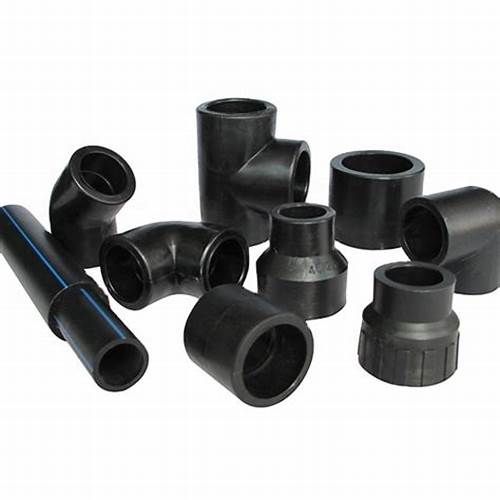
The drive for enhanced safety and operational longevity also fuels innovation in corrosion resistance and wear mitigation. Advanced coatings, specialized alloys, and improved design geometries are becoming standard, particularly for applications involving highly corrosive media or abrasive slurries. Digitalization, including the adoption of Building Information Modeling (BIM) for plumbing pipe fittings and predictive maintenance solutions, is transforming how these components are designed, installed, and monitored, leading to more efficient project execution and reduced downtime. Customization is no longer a niche service but a core offering, as projects frequently require bespoke solutions to meet unique spatial constraints, flow dynamics, or material compatibility requirements. This holistic approach, encompassing material science, manufacturing precision, digital integration, and bespoke engineering, underpins the future trajectory of the global pipe line fitting market, ensuring that infrastructure remains resilient, adaptable, and capable of meeting the complex demands of modern industrial operations while adhering to stringent global standards for performance and environmental stewardship.
Manufacturing Excellence: The Advanced Process of Pipe Line Fitting Production
The manufacturing of high-quality pipe line fitting components, such as those in the ANSI Pipe Fittings Series, is a multifaceted process that demands meticulous attention to detail, adherence to stringent quality control, and mastery of various metallurgical and machining techniques. It typically begins with the careful selection of raw materials, which often include carbon steel, stainless steel (e.g., 304/304L, 316/316L), alloy steel, or specialized nickel alloys, chosen based on the intended application's pressure, temperature, and corrosive environment requirements. Forging is a primary manufacturing process, where raw material (billets) is heated and shaped under immense pressure to achieve superior mechanical properties, improved grain structure, and enhanced strength compared to cast components. This process significantly reduces the risk of porosity and internal defects, crucial for fittings designed for high-pressure or critical service. Alternatively, casting is employed for more complex geometries or larger sizes, followed by rigorous heat treatment processes like annealing or normalizing to relieve internal stresses and refine the grain structure, optimizing the material’s ductility and toughness.
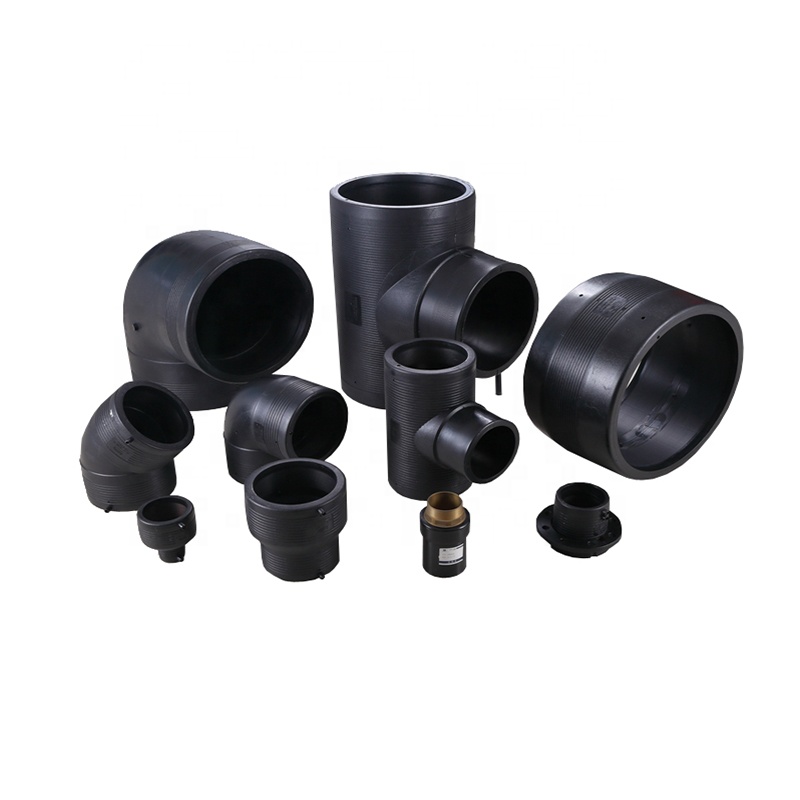
Subsequent to forming, precise CNC (Computer Numerical Control) machining is indispensable for achieving exact dimensions, intricate threading (like NPT or BSP), and critical surface finishes, ensuring perfect fit and seal integrity. This stage is particularly vital for specialized fittings, including those designed as 20mm pipe fittings for specific industrial or residential uses, where dimensional accuracy directly impacts system performance. Post-machining, products undergo a series of rigorous inspection standards to validate their integrity and compliance. These include non-destructive testing (NDT) methods such as ultrasonic testing (UT), magnetic particle inspection (MPI), liquid penetrant testing (LPT), and radiographic testing (RT) to detect internal and surface flaws. Hydrostatic testing, which involves pressurizing the fitting with water to several times its rated working pressure, is also crucial for verifying leak-tightness and structural integrity. Adherence to international standards such as ANSI B16.9 (for wrought steel buttwelding fittings), ANSI B16.11 (for forged steel fittings), ISO 9001 (quality management systems), and API specifications (for oil and gas applications) ensures that each pipe line fitting meets or exceeds industry benchmarks for quality, safety, and longevity. The meticulous application of these manufacturing and testing protocols contributes directly to extended service life, often spanning decades in demanding environments such as petrochemical refineries, metallurgical plants, or complex water supply and drainage systems, where their robust design ensures energy efficiency and superior corrosion resistance, contributing significantly to reduced operational costs and enhanced system reliability.
Technical Specifications and Performance Parameters of ANSI Pipe Fittings Series
Understanding the technical parameters of pipe line fitting components is paramount for engineers and procurement specialists to ensure optimal system performance and safety. The ANSI Pipe Fittings Series, a common product offering, encompasses a wide array of fitting types including elbows, tees, reducers, caps, and flanges, each designed to perform specific functions within a piping network. Key technical specifications include nominal pipe size (NPS), pressure rating (e.g., Class 150, 300, 600, up to 2500, or Schedule ratings like Sch 40, Sch 80, Sch 160), material grade (e.g., A105, F304, WP316), and end connections (e.g., butt-weld, socket-weld, threaded). These parameters collectively define a fitting's suitability for specific operational conditions, ensuring compatibility with existing pipeline infrastructure and compliance with design codes. For instance, fittings used in high-pressure steam lines or chemical processing plants require higher schedule numbers or pressure classes, while those for general utility or low-pressure systems might utilize lower specifications, thereby optimizing cost without compromising safety.
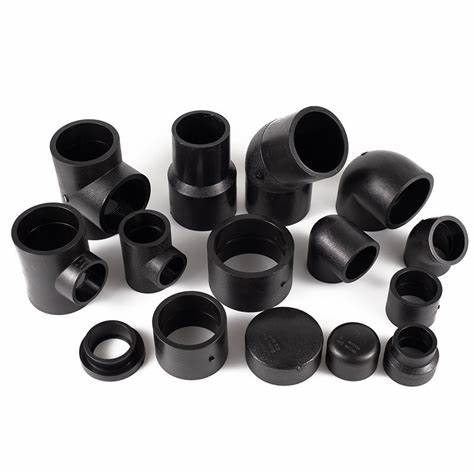
Performance parameters extend beyond mere dimensions and pressure ratings to include critical aspects like corrosion resistance, temperature limits, and fatigue strength. For applications involving aggressive chemicals, stainless steel or specialized alloy pipe line fitting are indispensable to prevent degradation and ensure long-term integrity. Similarly, in high-temperature environments, materials with excellent creep resistance are selected to prevent deformation over time. The table below provides a representative overview of typical specifications for common industrial pipe fittings, highlighting the range of capabilities and demonstrating the precision involved in their selection and application. This data is crucial for engineering teams to conduct thorough material selection, stress analysis, and ultimately, guarantee the operational integrity and longevity of complex piping systems, whether they involve general plumbing pipe fittings for commercial buildings or highly specialized exhaust pipe fittings in heavy industrial machinery, underscoring the necessity of matching product specifications precisely to the demands of the application environment.
Typical Pipe Line Fitting Specifications Overview
| Parameter | Description | Common Values/Ranges |
|---|---|---|
| Material Grades | Composition and mechanical properties (e.g., Carbon Steel, Stainless Steel, Alloy Steel) | ASTM A105, A234 WPB, A420 WPL6, A182 F304/304L, A182 F316/316L, A350 LF2 |
| Pressure Classes (ANSI) | Maximum allowable working pressure (MAWP) at specified temperature | Class 150, 300, 600, 900, 1500, 2500, 4500 |
| Pipe Schedule (Thickness) | Wall thickness, indicates pressure bearing capability | Sch 10, Sch 20, Sch 40, Sch 80, Sch 120, Sch 160, XS, XXS |
| Size Range (NPS) | Nominal Pipe Size, refers to outer diameter | 1/2" to 48" (DN15 to DN1200), specific to fitting type |
| End Connections | Method of attachment to pipe or other fittings | Butt-Weld (BW), Socket-Weld (SW), Threaded (NPT/BSP), Flanged |
| Temperature Range | Operating temperature limits based on material | -50°C to +600°C (-58°F to +1112°F) typical, material dependent |
| Applicable Standards | Industry standards adhered to for design, manufacturing, and testing | ASME B16.9, B16.11, B16.25, B16.5, API 6A, MSS SP-75 |
Applications and Technical Advantages of Robust Pipe Line Fitting Solutions
The versatility and critical importance of pipe line fitting components are evident across a multitude of industries, where they serve to change flow direction, connect pipes of different sizes, and provide branches or closures within a piping system. In the demanding oil and gas sector, forged steel fittings are indispensable for their ability to withstand immense pressures and corrosive sour gas environments, ensuring safe transport from wellheads to refineries. Petrochemical plants rely on specialized alloy fittings for their resistance to aggressive chemicals and high temperatures, crucial for processes like cracking, distillation, and polymerization. Municipal water supply and drainage networks, on the other hand, frequently utilize larger diameter fittings, often ductile iron or PVC, which offer excellent corrosion resistance and long service life for potable water distribution and wastewater collection. Each application demands specific properties; for instance, plumbing pipe fittings in commercial buildings require ease of installation and leak-proof connections for potable water systems, while exhaust pipe fittings in industrial engines must endure extreme thermal cycling and corrosive exhaust gases, highlighting the diverse technical requirements these components must meet.
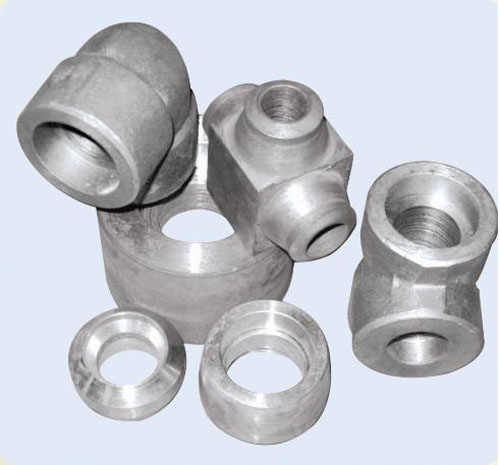
The technical advantages offered by meticulously engineered pipe line fitting are numerous and directly contribute to operational efficiency and system longevity. High-quality fittings ensure leak-free connections, minimizing product loss and environmental contamination, which is particularly critical in hazardous material handling. Their precise dimensional accuracy facilitates easier installation and reduces the likelihood of misalignment stress, thereby extending the overall lifespan of the piping system. Advanced material selection, such as utilizing corrosion-resistant alloys for severe service or high-strength steels for high-pressure applications, significantly enhances durability and reduces maintenance frequency. Furthermore, optimizing flow geometry within fittings helps reduce pressure drops and turbulence, leading to improved energy efficiency for fluid transport. For example, long-radius elbows reduce frictional losses compared to short-radius ones, leading to tangible energy savings over the operational life of a pump system. Through superior design and manufacturing, these components not only withstand the harsh realities of industrial environments but also actively contribute to the economic viability and environmental sustainability of complex infrastructure projects, proving that initial investment in quality pipe fittings yields substantial long-term returns through reduced operational costs and enhanced system reliability.
Tailored Solutions and Client Success Stories for Pipe Line Fitting
In today's complex industrial landscape, off-the-shelf pipe line fitting solutions, while foundational, often require customization to address specific project requirements, unique operational challenges, or highly specialized design parameters. Leading manufacturers excel in providing bespoke engineering services, working closely with clients to develop tailored fittings that precisely match their needs. This can involve designing unique geometries for confined spaces, selecting exotic materials for extreme corrosive or high-temperature applications, or integrating specialized features like instrumentation ports or specific surface treatments. The process typically begins with a detailed consultation to understand the client's system specifications, fluid properties, pressure and temperature profiles, and desired service life. Engineering teams then leverage advanced CAD/CAM software and finite element analysis (FEA) to simulate performance under anticipated conditions, ensuring the custom fitting meets all structural and operational demands before production commences. This collaborative approach ensures that even highly complex requirements, such as those for nuclear power plants or specialized aerospace applications, are met with fittings offering unparalleled performance and reliability.
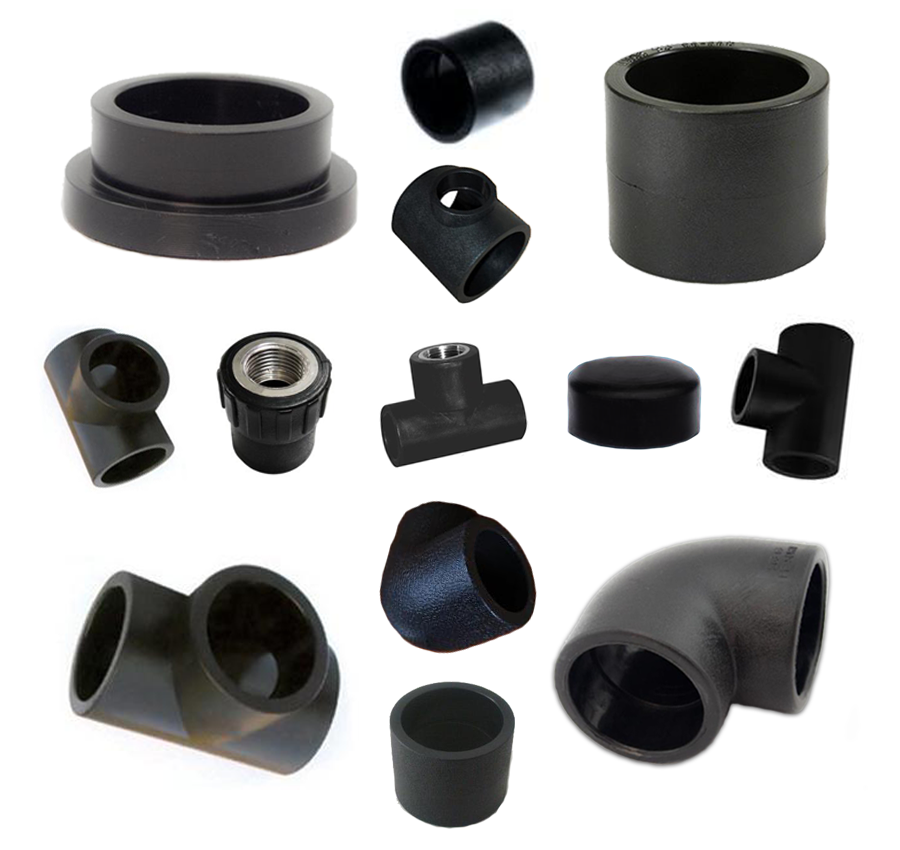
Our commitment to quality and client satisfaction is exemplified through numerous successful collaborations where tailored pipe line fitting solutions have significantly contributed to project success. For a major petrochemical client, we engineered specialized manifold fittings from duplex stainless steel, capable of resisting high concentrations of sulfuric acid at elevated temperatures, which led to a 30% reduction in maintenance downtime compared to their previous solutions, directly translating to enhanced operational efficiency and substantial cost savings. Another instance involved developing custom 20mm pipe fittings for a cutting-edge pharmaceutical facility, requiring ultra-high purity materials and seamless internal finishes to prevent contamination, meeting stringent FDA validation standards. Our rapid prototyping and meticulous quality control ensured timely delivery and flawless integration into their sterile processing lines. These cases underscore our capacity not just to supply standard ANSI Pipe Fittings Series products, but to act as a strategic partner, providing innovative, high-performance solutions that address the unique challenges faced by our diverse clientele across various sectors, from intricate plumbing pipe fittings for urban developments to robust exhaust pipe fittings for marine engines, fostering long-term trust and reliable partnerships built on technical expertise and proven results.
Frequently Asked Questions (FAQ) about Pipe Line Fittings
- Q1: What is the primary difference between forged and cast pipe line fitting?
- Forged pipe line fitting are produced by shaping solid metal under heat and pressure, resulting in a superior grain structure that enhances strength, toughness, and fatigue resistance, making them ideal for high-pressure and critical applications. Cast fittings, conversely, are made by pouring molten metal into a mold, which allows for more complex shapes but can introduce internal porosity and a less refined grain structure. While casting is often more cost-effective for intricate designs or very large sizes, forging generally provides a higher level of mechanical integrity and durability for demanding industrial uses, ensuring a longer service life and reduced risk of failure under stress.
- Q2: How do you ensure the quality and compliance of your ANSI Pipe Fittings Series?
- Our commitment to quality is upheld through a multi-stage rigorous inspection and testing protocol for every pipe line fitting. This includes 100% raw material verification, in-process dimensional checks using precision instruments, and post-production non-destructive testing (NDT) such as ultrasonic and radiographic inspections. All fittings undergo hydrostatic testing to confirm leak integrity. We adhere strictly to international standards including ASME B16.9, B16.11, and we are certified under ISO 9001:2015 for our quality management system, ensuring full traceability from raw material to finished product. This comprehensive approach guarantees that each fitting meets or exceeds industry performance and safety specifications, providing our clients with components they can fully trust.
- Q3: What is the typical delivery timeframe for custom pipe line fitting orders?
- The delivery timeframe for custom pipe line fitting orders can vary depending on complexity, material availability, and order volume. Generally, for standard custom designs, the lead time ranges from 4 to 8 weeks, encompassing design, material sourcing, manufacturing, and testing phases. Highly specialized or large-volume orders may require longer, typically between 8 to 12 weeks. We provide detailed project timelines at the quotation stage and maintain transparent communication throughout the production process, offering regular updates to ensure clients are fully informed. Our streamlined logistics and global shipping capabilities further ensure prompt and efficient delivery worldwide, minimizing project delays and supporting your operational schedules effectively.
- Q4: What warranty or after-sales support do you offer for your pipe line fitting products?
- We stand by the exceptional quality and reliability of our pipe line fitting products, including all standard and custom ANSI Pipe Fittings Series. We offer a comprehensive warranty against manufacturing defects and material failures, typically for a period of 12 to 24 months from the date of installation or 18 to 30 months from the date of shipment, whichever comes first, depending on the product type and application. Our dedicated after-sales support team is readily available to provide technical assistance, troubleshooting, and guidance on installation or maintenance. We are committed to ensuring long-term satisfaction and optimal performance of our fittings in your applications, offering expert advice and support throughout the product lifecycle, demonstrating our unwavering commitment to client success and trust.
Authoritative References and Industry Standards
- American Society of Mechanical Engineers. (2020). ASME B16.9: Factory-Made Wrought Buttwelding Fittings. ASME International.
- American Petroleum Institute. (2019). API Spec 6A: Specification for Wellhead and Christmas Tree Equipment. API Publishing.
- International Organization for Standardization. (2015). ISO 9001: Quality management systems – Requirements. ISO.
- ASTM International. (2021). ASTM A105/A105M: Standard Specification for Forgings, Carbon Steel, for Piping Components. ASTM International.
- Manufacturers Standardization Society of the Valve and Fittings Industry. (2018). MSS SP-75: Specification for High-Test Wrought Butt-Welding Fittings. MSS.
-
Breakthrough in Domestic Low Temperature Valve Technology in ChinaNewsAug.18,2025
-
From Machinery to Intelligent Brain: The Digital Transformation Wave of the Valve IndustryNewsAug.18,2025
-
PCVEXPO 2025NewsAug.18,2025
-
The Key to Fluid Control: Exploring the Advantages of Ball Valves in Industrial SystemsNewsJul.09,2025
-
The Versatile World of 1, 2, and 3 Piece Ball ValvesNewsJul.09,2025
-
Stainless Steel Ball Valves: The Ideal Choice for Efficient Flow ControlNewsJul.09,2025
-
Optimizing Fluid Control with Ball Float ValvesNewsJul.09,2025




